Negative Exponent Rule Worksheet
The Negative Exponent Rule worksheet is designed to help students understand and apply the concept of negative exponents. This worksheet is suitable for middle school and high school students who are studying algebra or pre-calculus. By providing a series of exercises and problems, the worksheet allows students to practice simplifying expressions with negative exponents and reinforces their understanding of this fundamental rule.
Table of Images 👆
More Other Worksheets
Kindergarten Worksheet My RoomSpanish Verb Worksheets
Cooking Vocabulary Worksheet
DNA Code Worksheet
Meiosis Worksheet Answer Key
Art Handouts and Worksheets
7 Elements of Art Worksheets
All Amendment Worksheet
Symmetry Art Worksheets
Daily Meal Planning Worksheet
What is the negative exponent rule?
The negative exponent rule states that any non-zero number raised to a negative exponent can be rewritten as the reciprocal of the number raised to the positive exponent. In other words, a^(-n) is equal to 1/(a^n), where "a" is the base and "n" is the exponent.
How do you rewrite a negative exponent as a positive exponent?
To rewrite a negative exponent as a positive exponent, you can move the base of the exponent to the denominator of a fraction and change the negative exponent to a positive exponent. For example, if you have x^-3, you can rewrite it as 1/x^3.
What is the benefit of using the negative exponent rule?
Using the negative exponent rule allows us to simplify expressions by moving terms with negative exponents to the denominator of a fraction. This makes it easier to work with the exponents and perform calculations, as it transforms complex expressions into simpler forms. Additionally, it helps in understanding and manipulating algebraic equations more efficiently, leading to quicker problem-solving and better conceptual mastery of mathematical operations involving exponents.
Can the negative exponent rule be applied to any number?
Yes, the negative exponent rule can be applied to any nonzero number. The rule states that a number raised to a negative exponent is equal to the reciprocal of that number raised to the positive exponent. This means that any nonzero number, including fractions and decimals, can be raised to a negative exponent and the rule will apply.
How do you simplify an expression with negative exponents using the negative exponent rule?
To simplify an expression with negative exponents using the negative exponent rule, you can move the base of the term with the negative exponent to the denominator and change the negative exponent to a positive exponent. For example, if you have x^-2 in the numerator of a fraction, you can rewrite it as 1/x^2 in the denominator. This rule allows you to handle negative exponents by changing them to positive exponents and adjusting their position in the expression.
Can the negative exponent rule be used with variables and algebraic expressions?
Yes, the negative exponent rule can be used with variables and algebraic expressions. When a variable or algebraic expression is raised to a negative exponent, you can rewrite it as the reciprocal of the expression with the positive exponent. This rule allows us to simplify expressions and solve equations involving negative exponents.
How does the negative exponent rule help in solving equations and inequalities?
The negative exponent rule allows us to rewrite expressions with negative exponents into equivalent expressions with positive exponents. This simplifies the algebraic manipulation of equations and inequalities involving exponents, making it easier to solve and analyze them. By following the negative exponent rule, we can transform complex expressions into simpler forms, enabling us to more easily identify patterns and make progress towards finding solutions to equations and inequalities involving exponents.
What happens to an expression with both positive and negative exponents when applying the negative exponent rule?
When applying the negative exponent rule to an expression with both positive and negative exponents, the negative exponents are reciprocated and moved across the fraction line to become positive exponents. This means that any terms with negative exponents are converted to their reciprocal form with positive exponents, resulting in simplification and repositioning of the terms within the expression.
Are there any limitations or restrictions to using the negative exponent rule?
Yes, one limitation of the negative exponent rule is that it only applies to the reciprocal of the base raised to a positive exponent. In other words, you can only use the negative exponent rule to simplify expressions where the negative exponent is on the denominator of a fraction or inside a parentheses grouping the base raised to a positive exponent. Additionally, the negative exponent rule does not apply to negative exponents outside parentheses or to exponents that are not integers.
Can you provide some examples or practice problems that demonstrate the application of the negative exponent rule?
To demonstrate the negative exponent rule, consider the following examples: (1) \( x^{-2} = \frac{1}{x^2} \), so if x = 2, then \( 2^{-2} = \frac{1}{2^2} = \frac{1}{4} \); (2) \( (3y)^{-3} = \frac{1}{(3y)^3} = \frac{1}{27y^3} \), which simplifies to \( \frac{1}{27y^3} \) when \( y = 2 \). These examples illustrate how negative exponents can be turned into positive exponents through the rule, making calculations simpler by allowing expressions to be rewritten without negative exponents.
Have something to share?
Who is Worksheeto?
At Worksheeto, we are committed to delivering an extensive and varied portfolio of superior quality worksheets, designed to address the educational demands of students, educators, and parents.

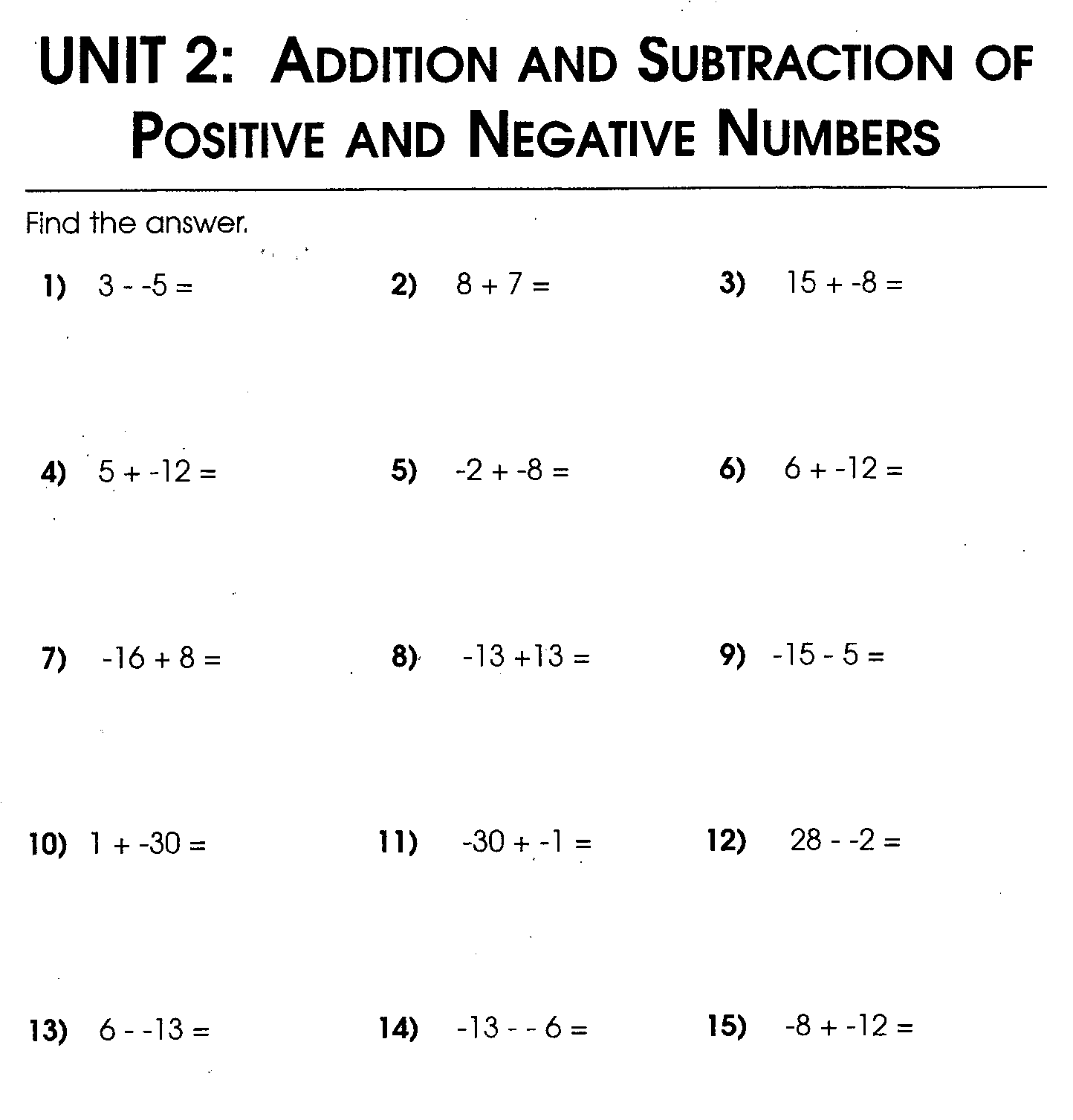



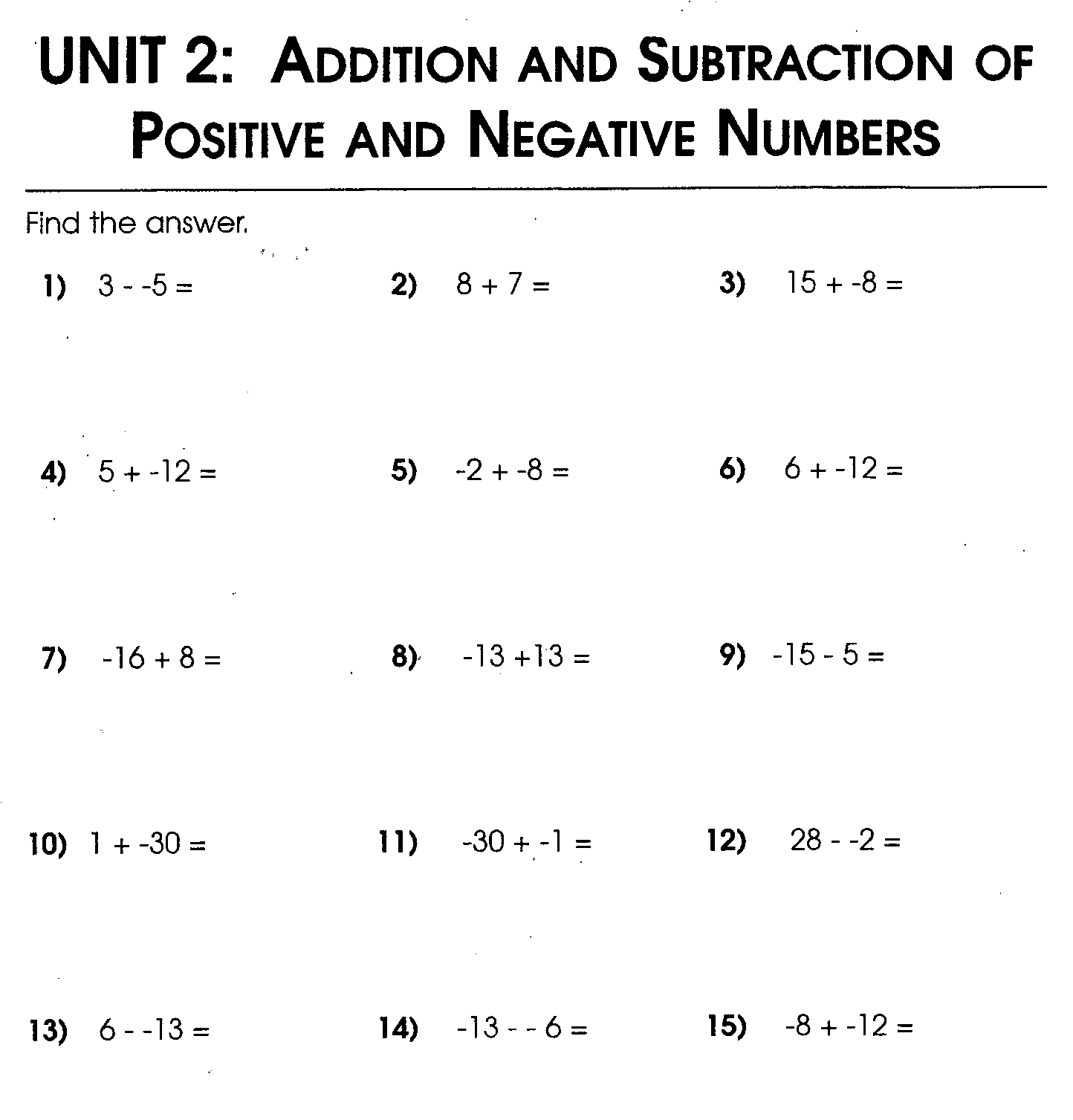
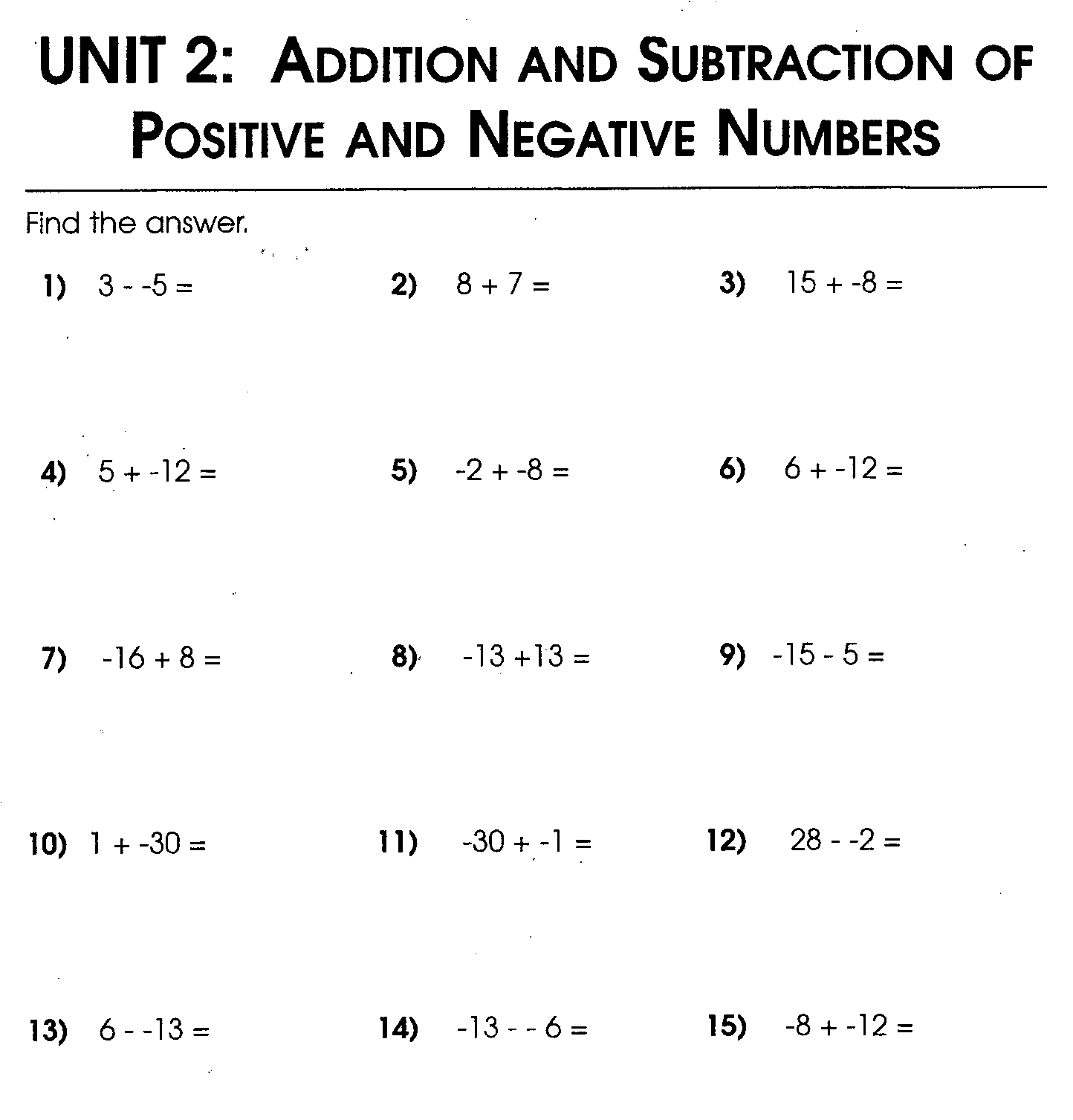
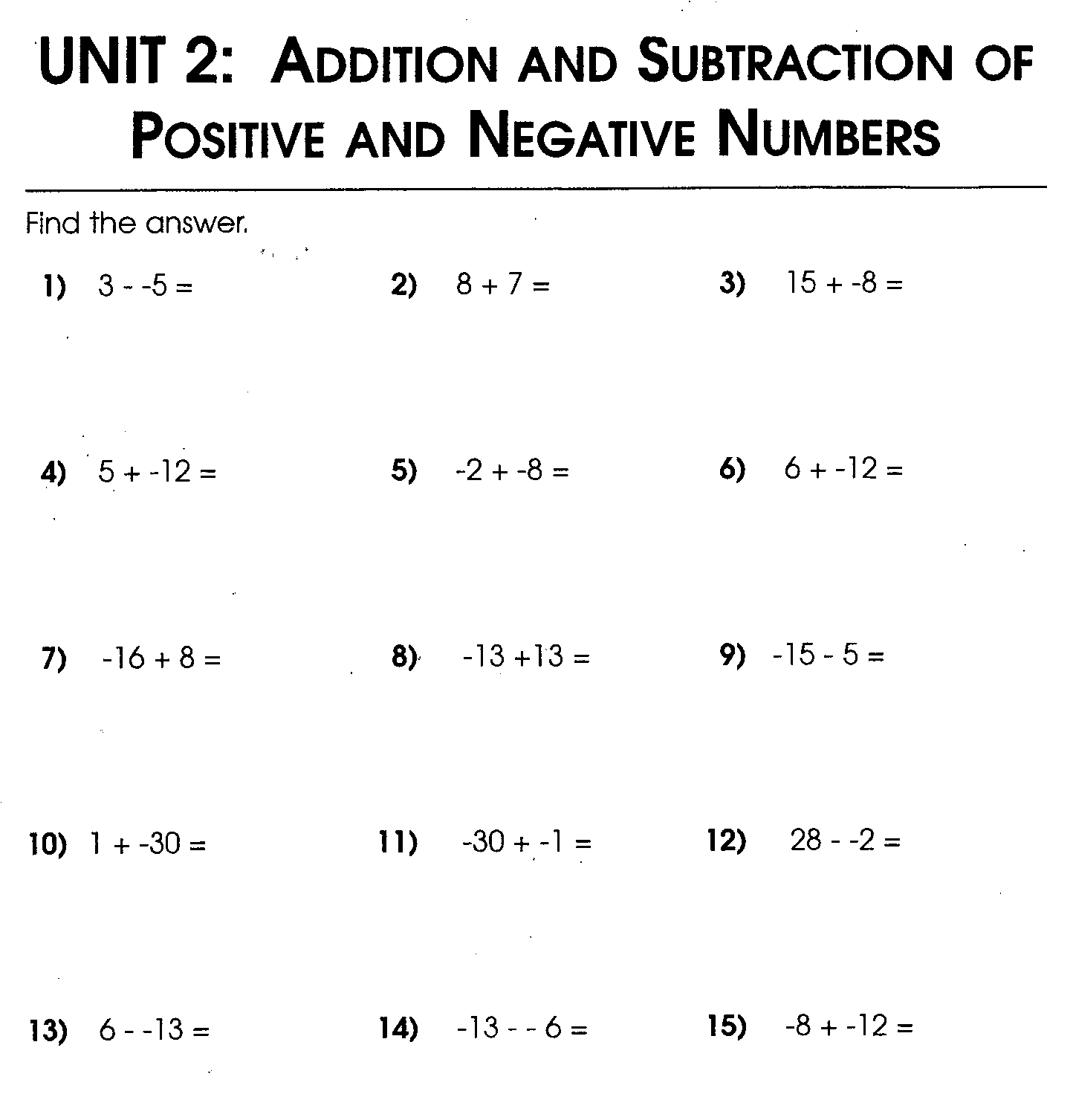
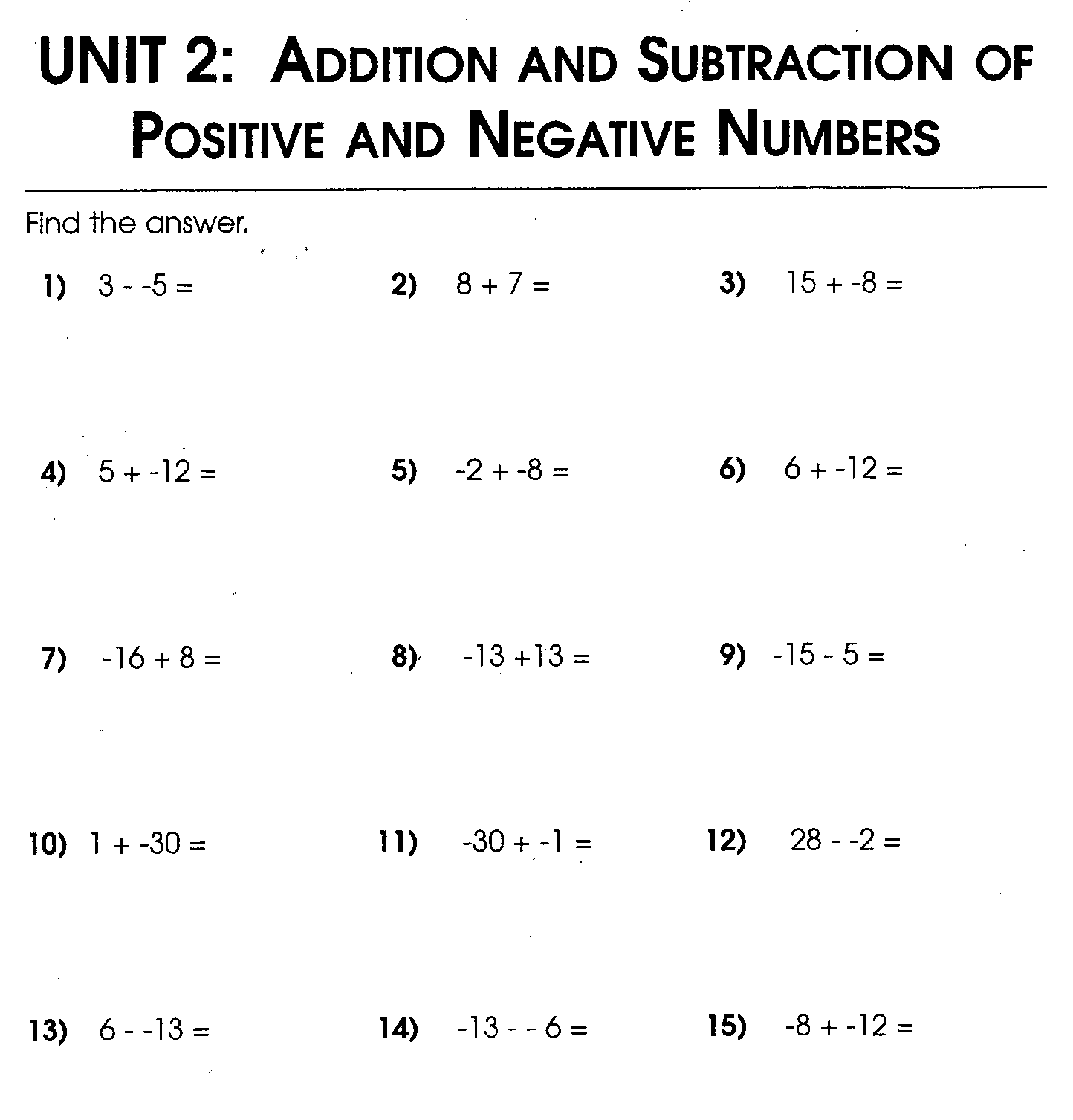
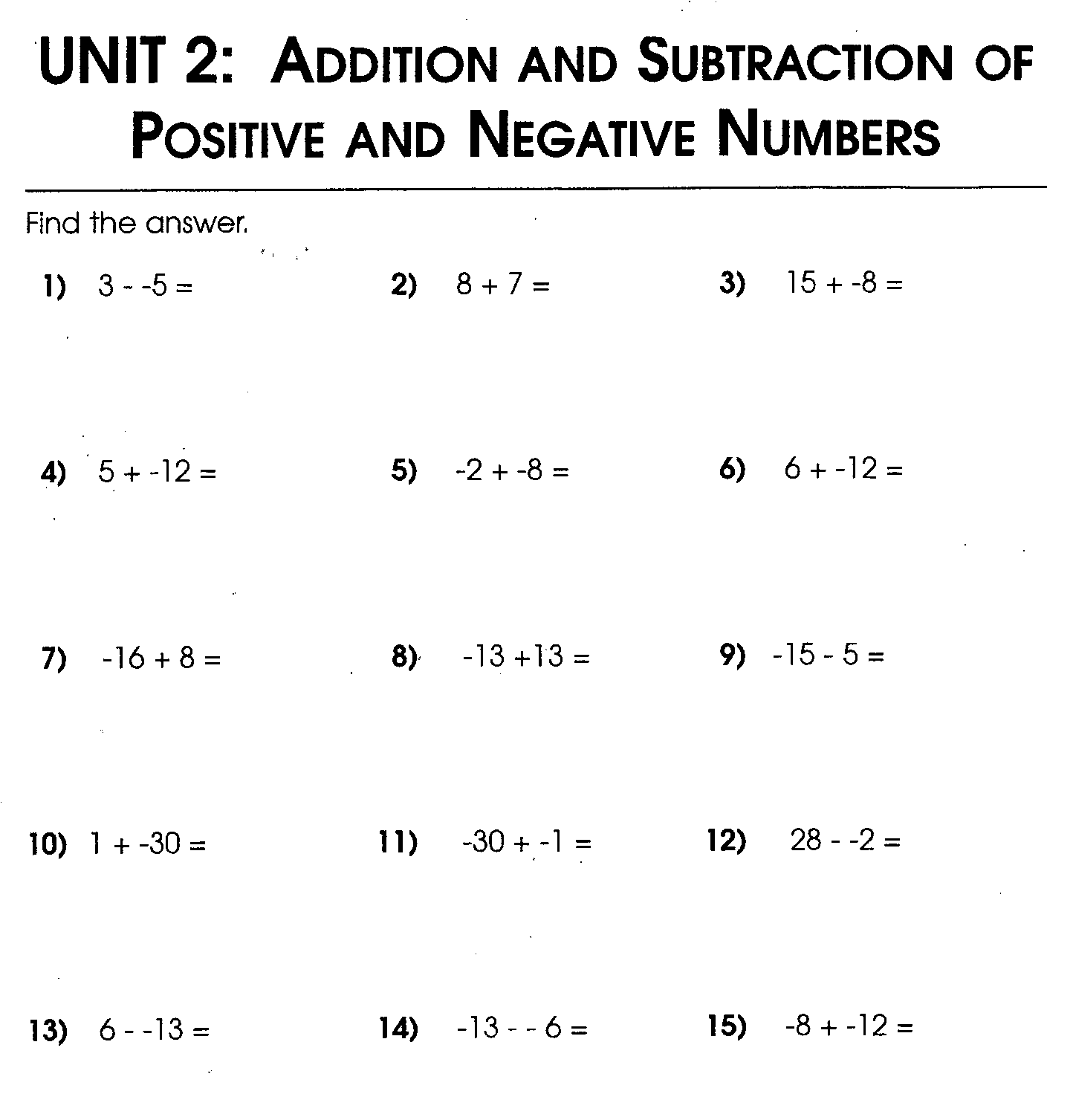
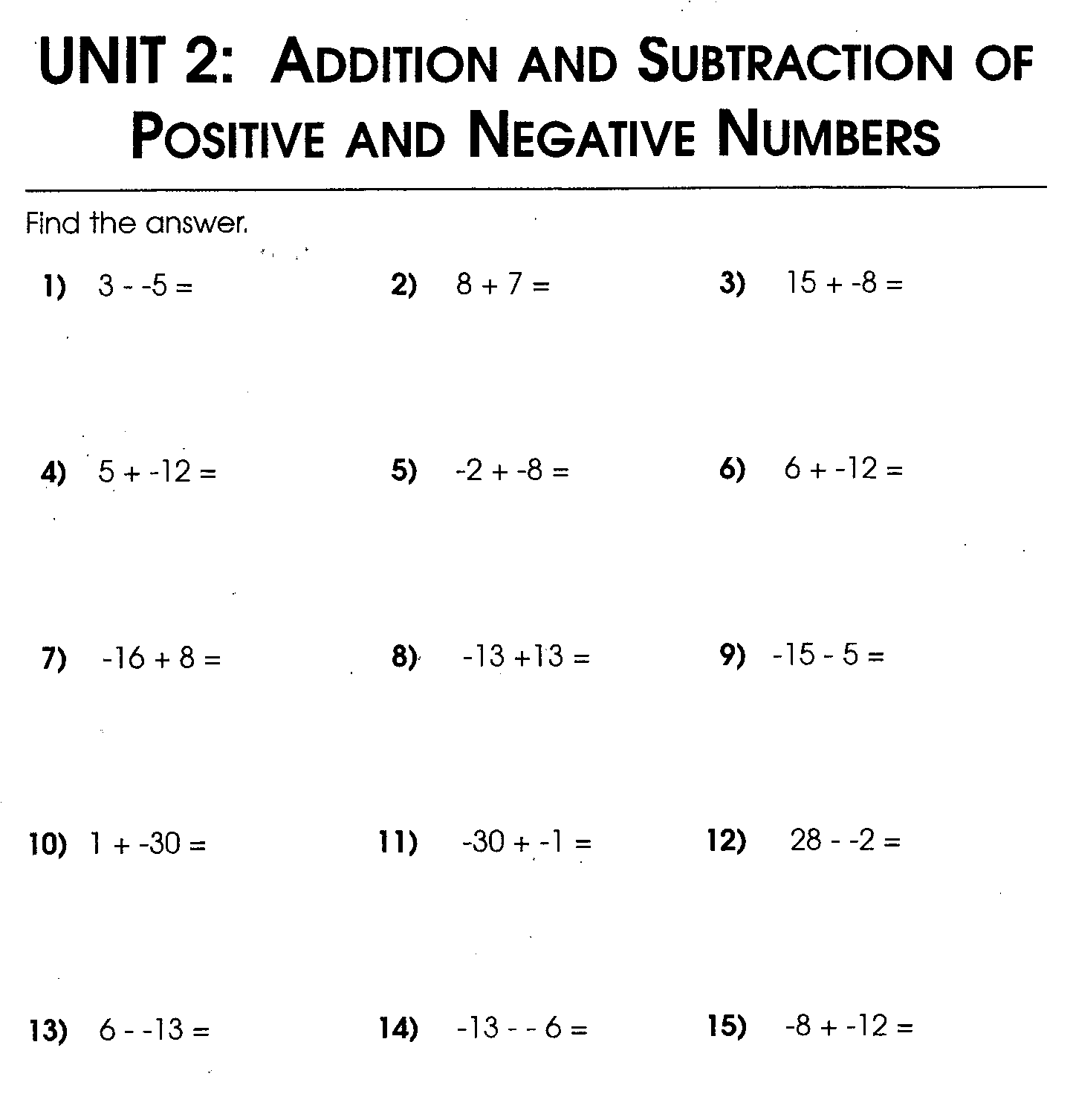
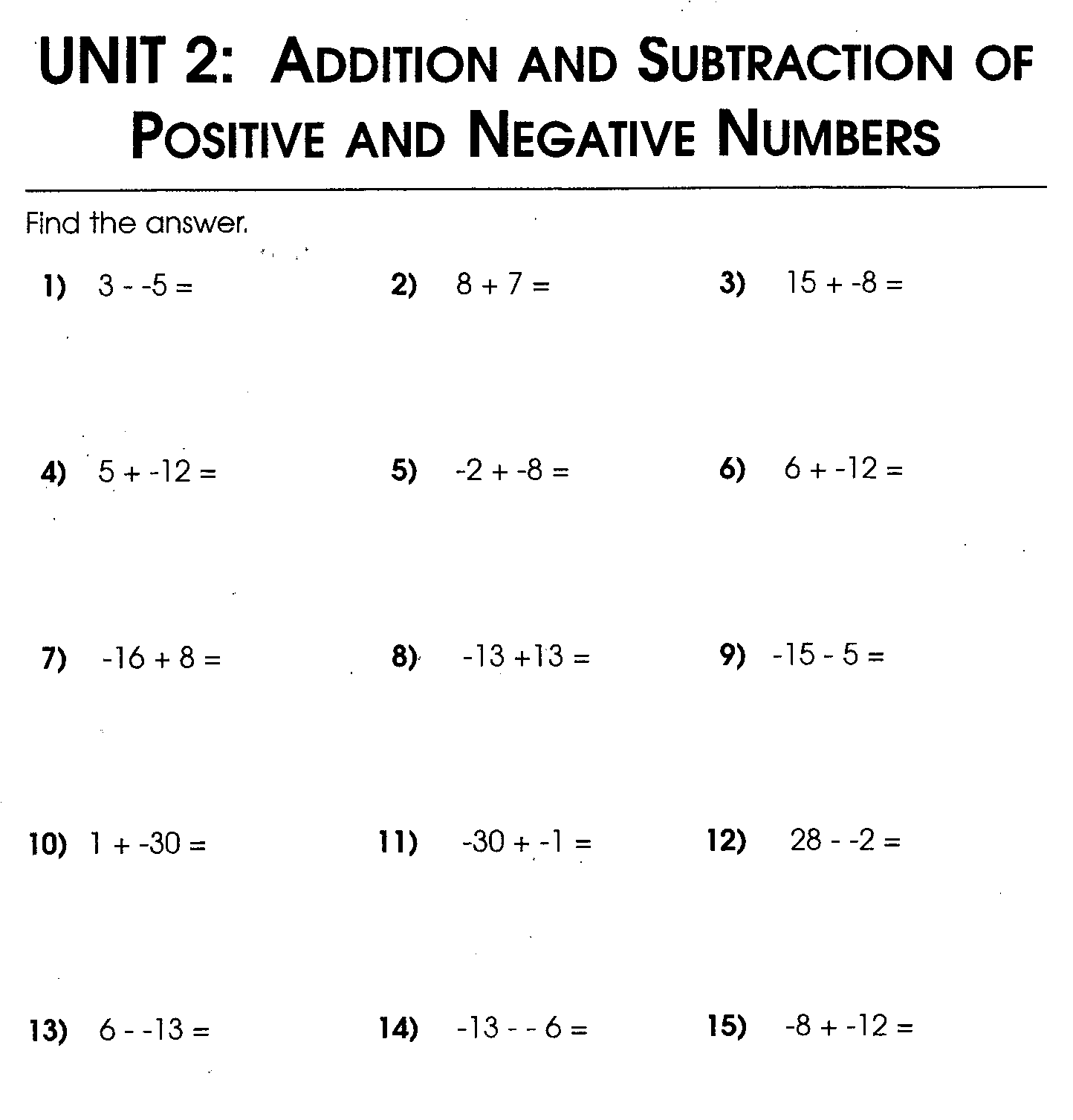
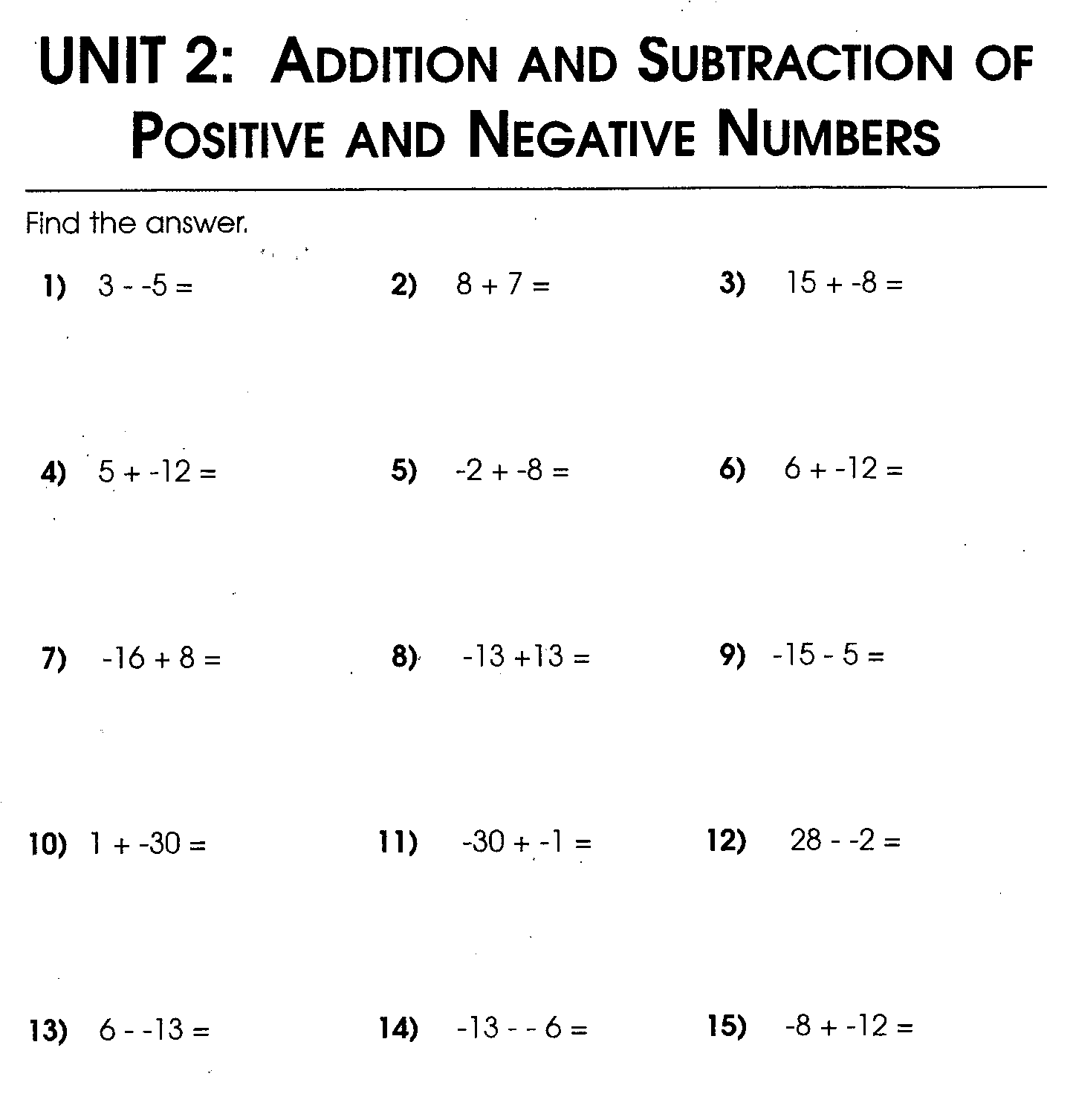
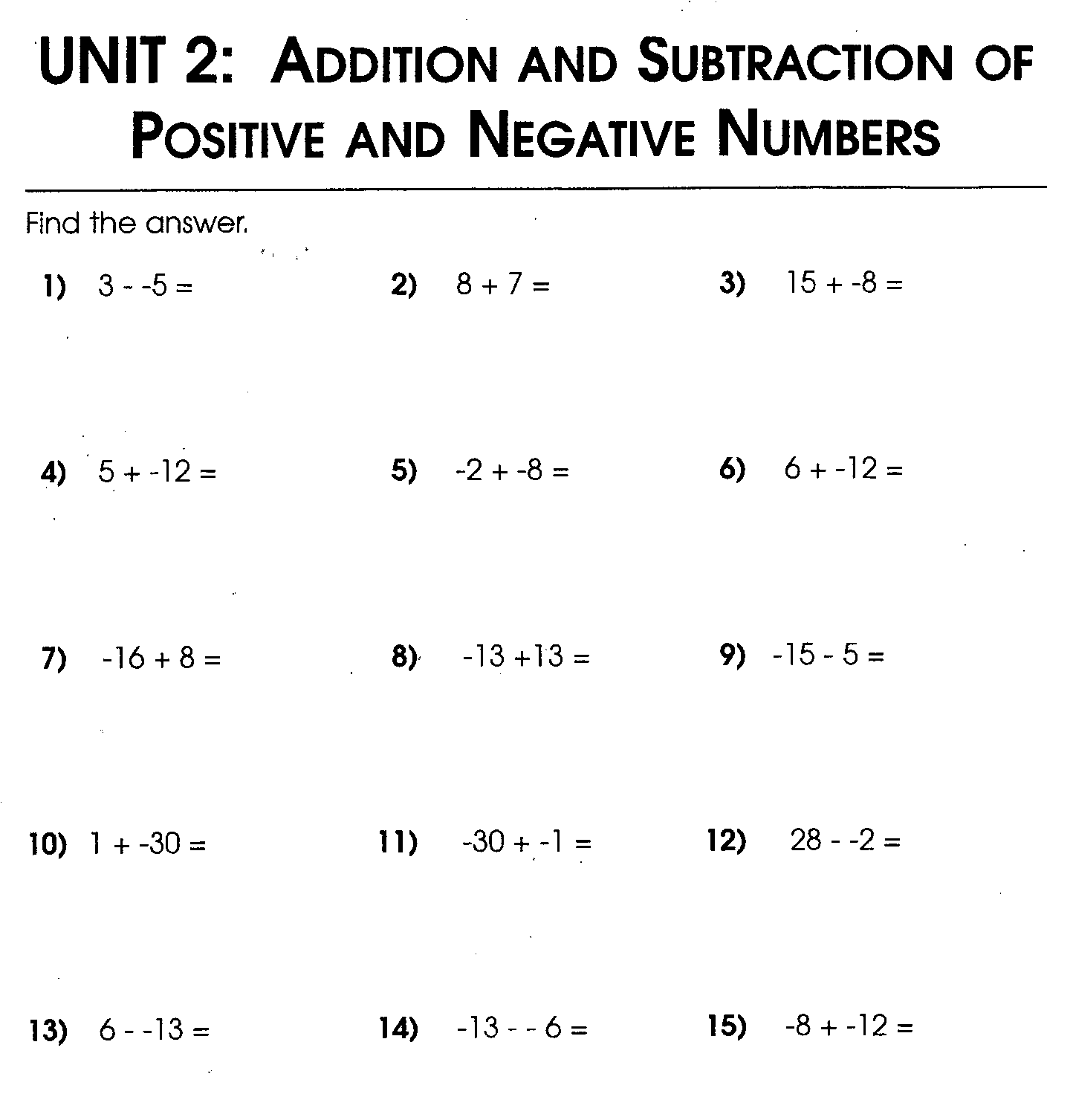
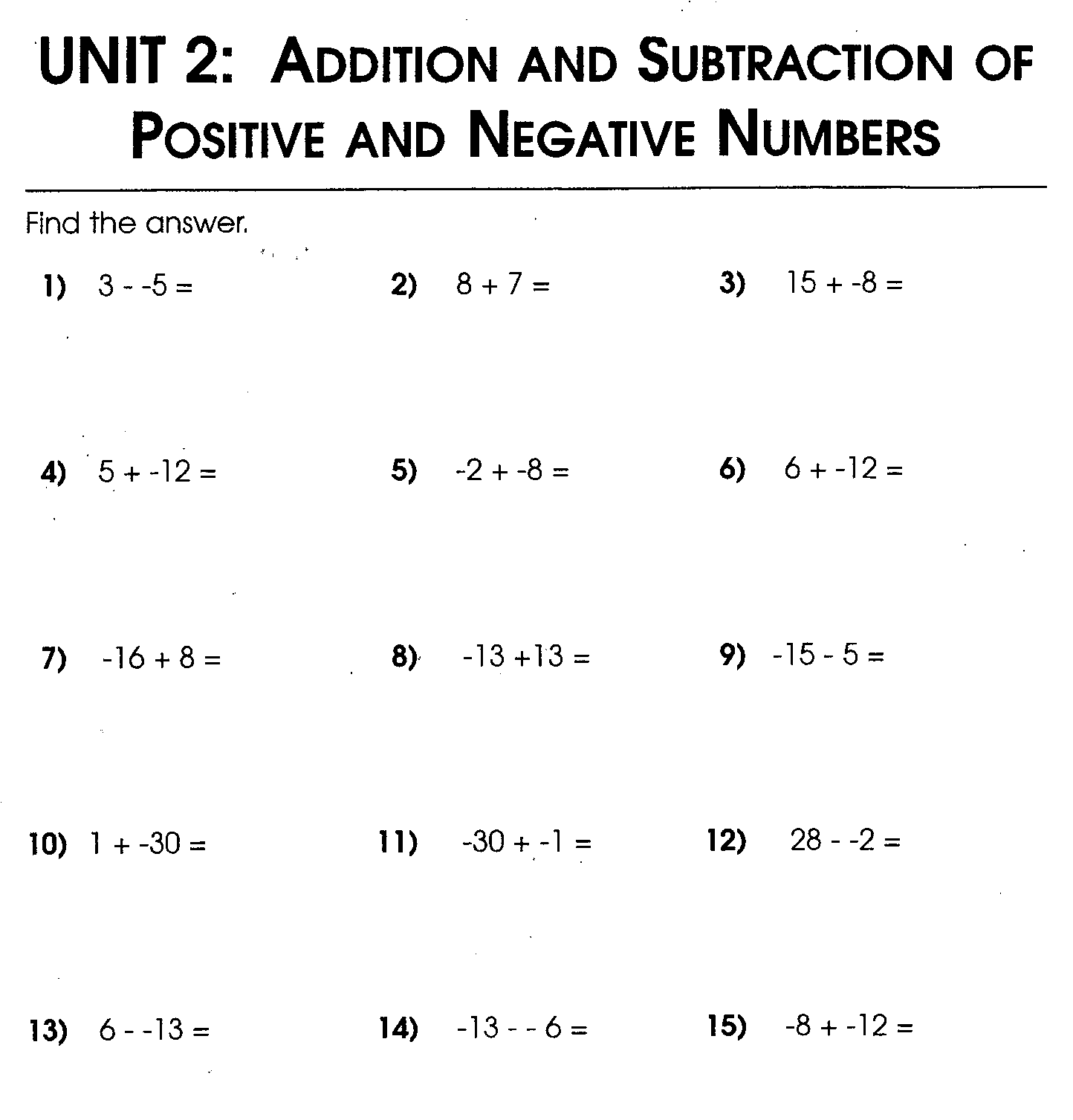
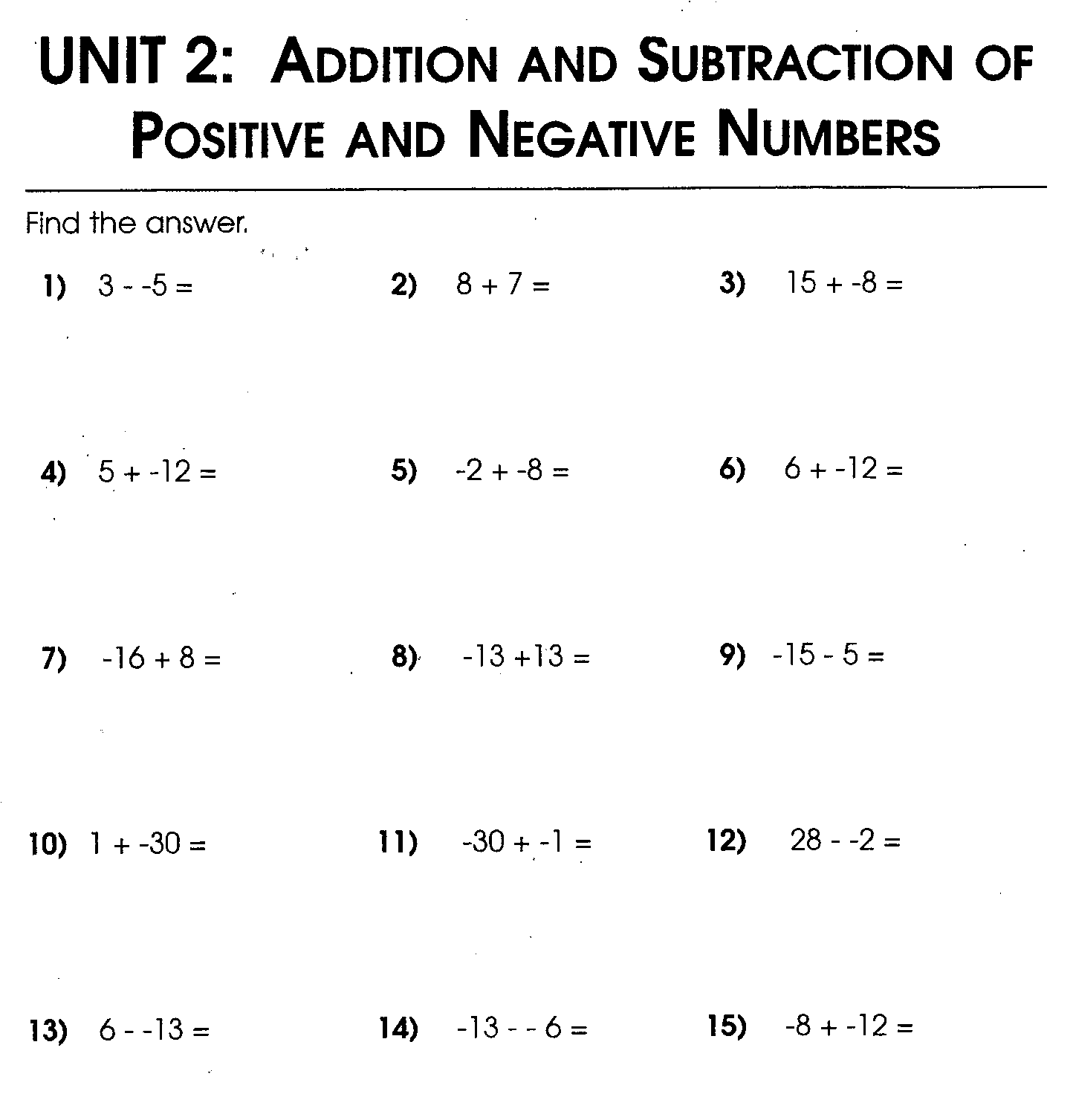
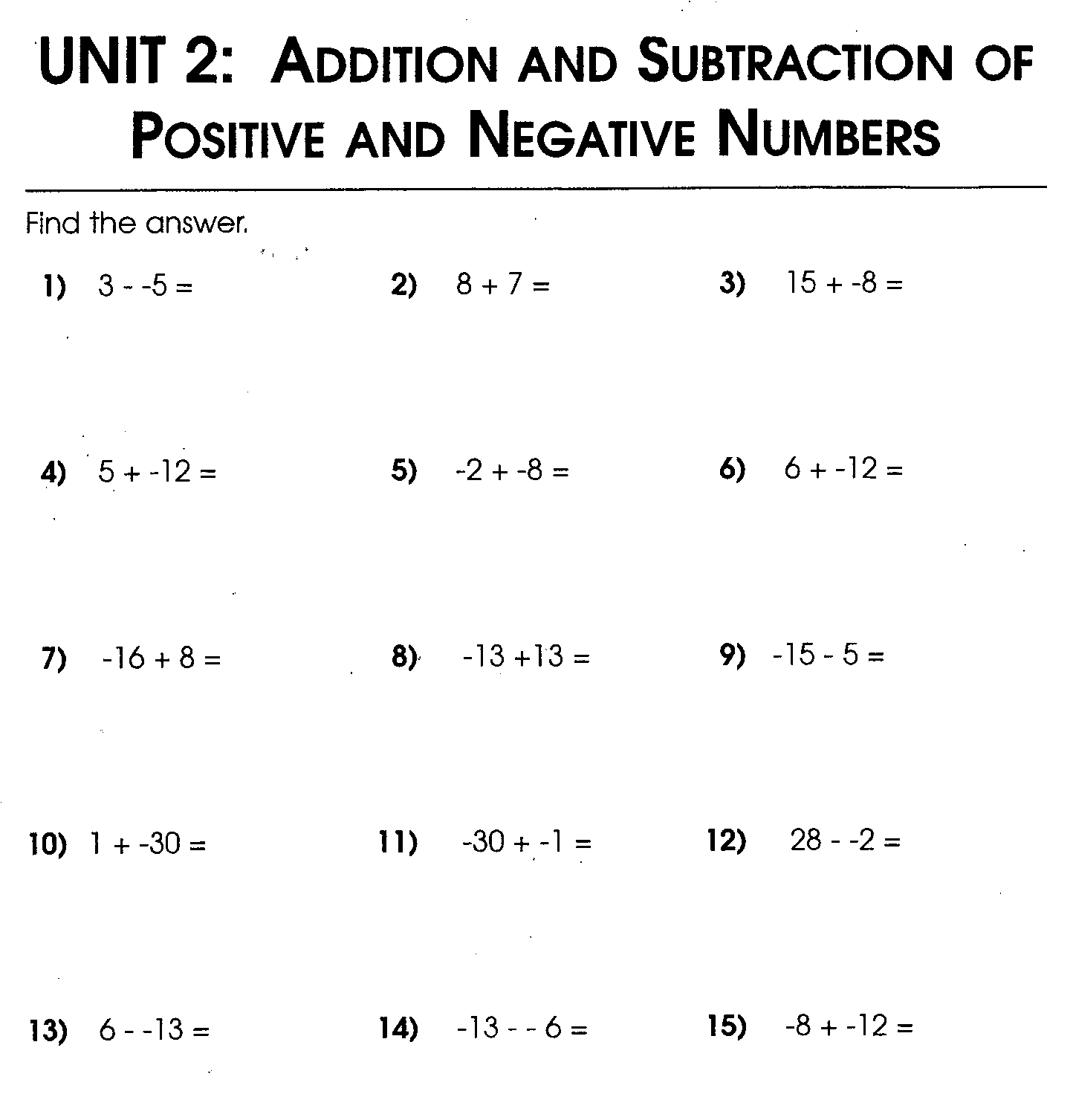
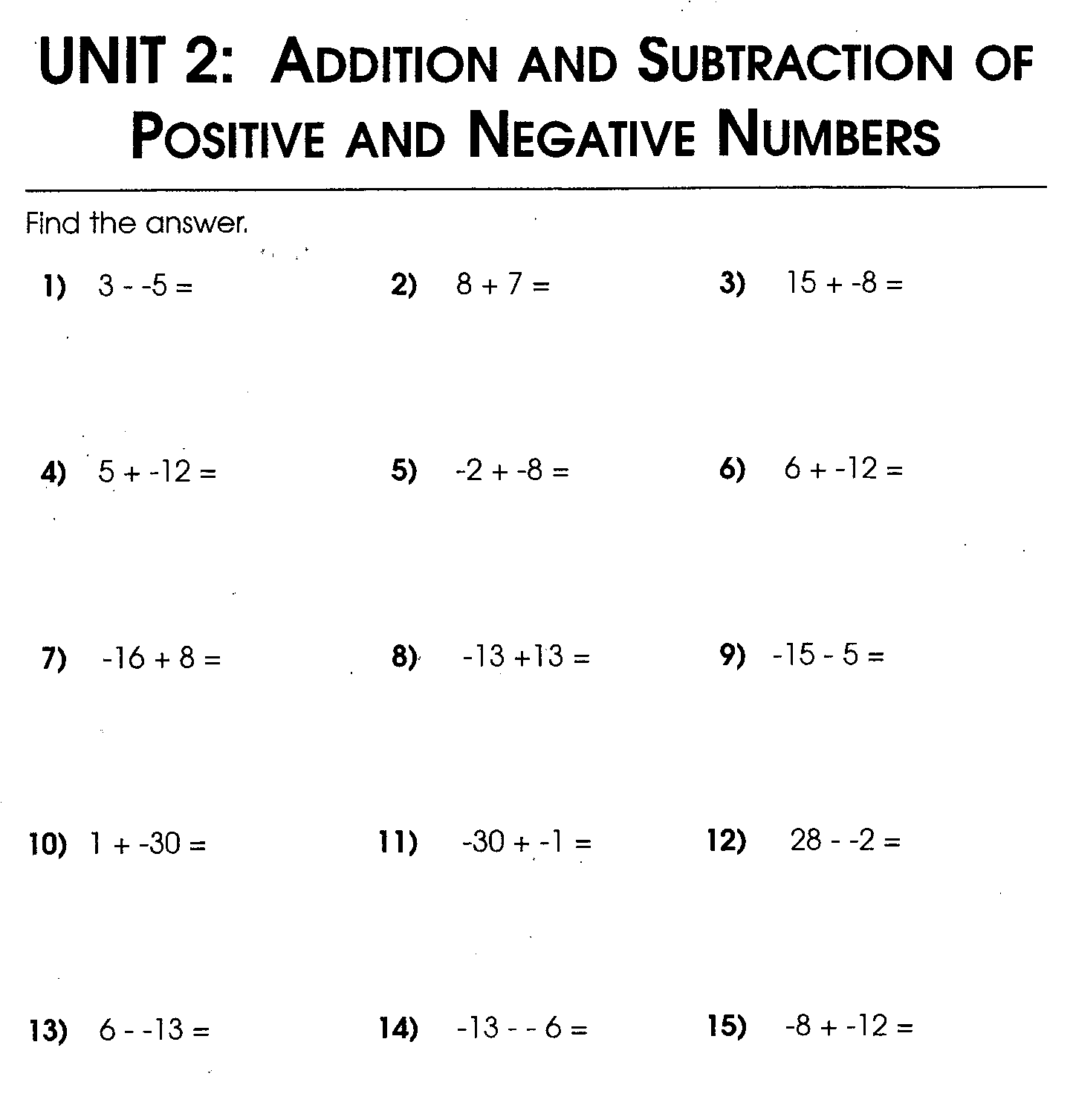
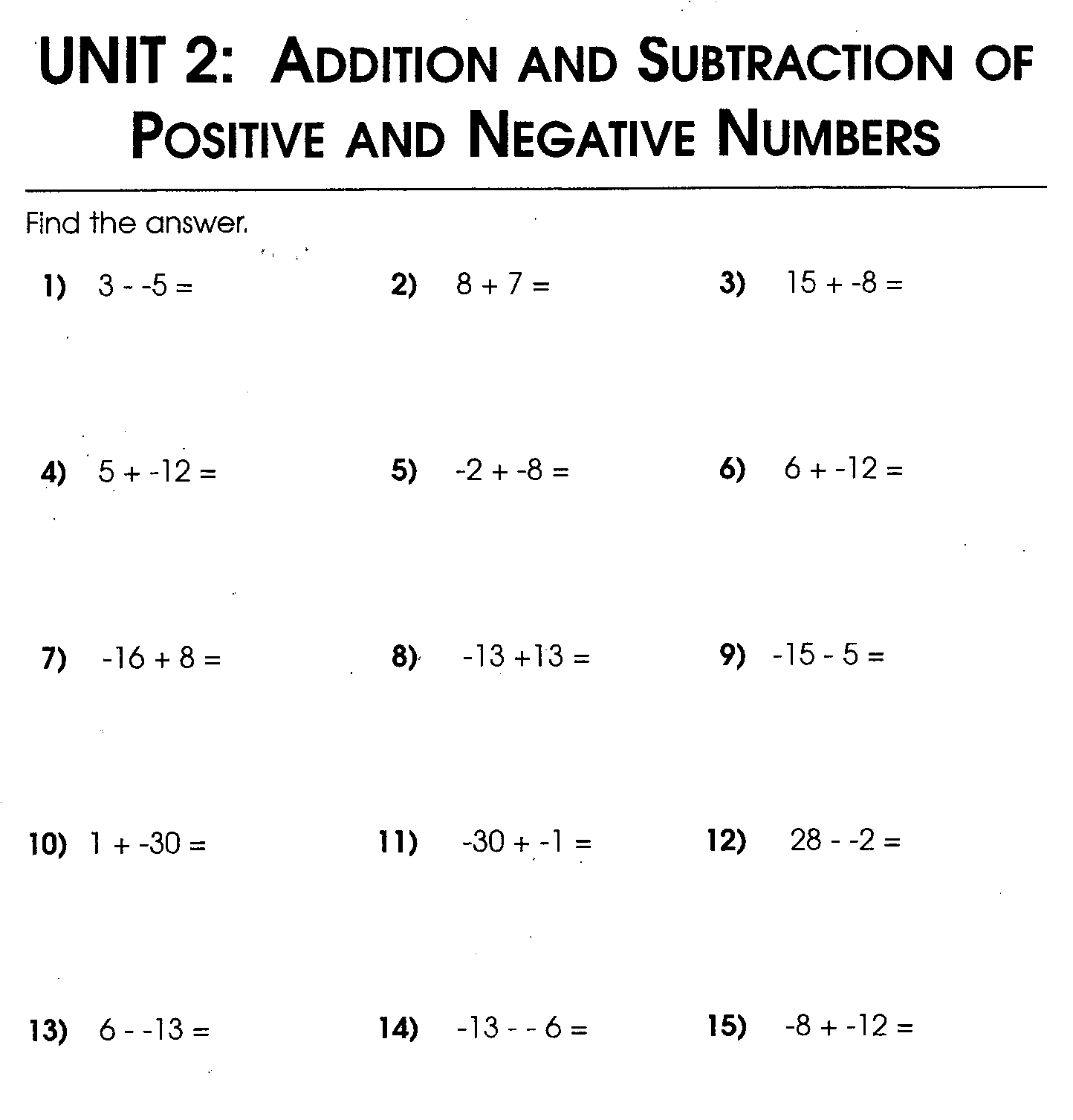
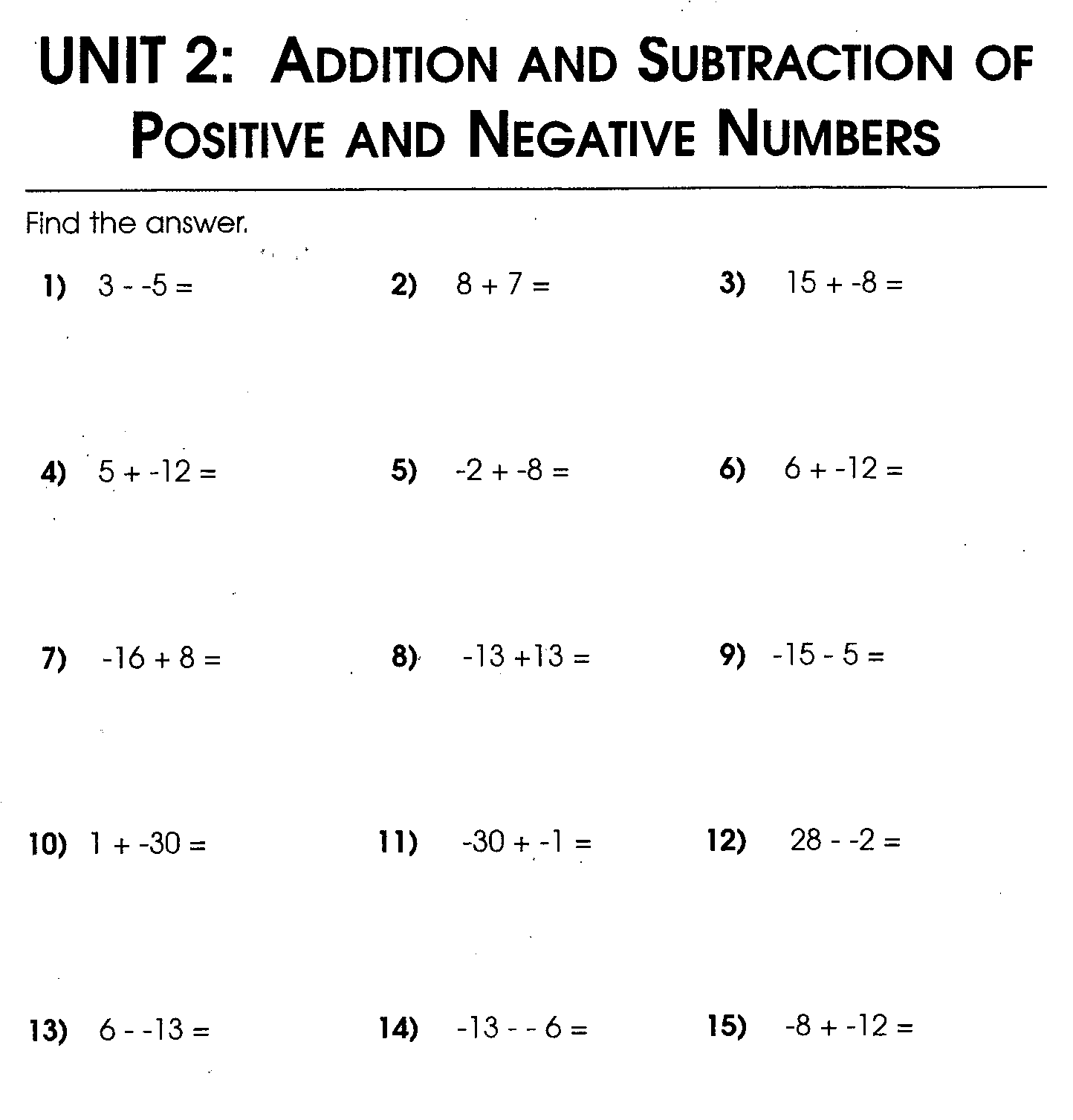

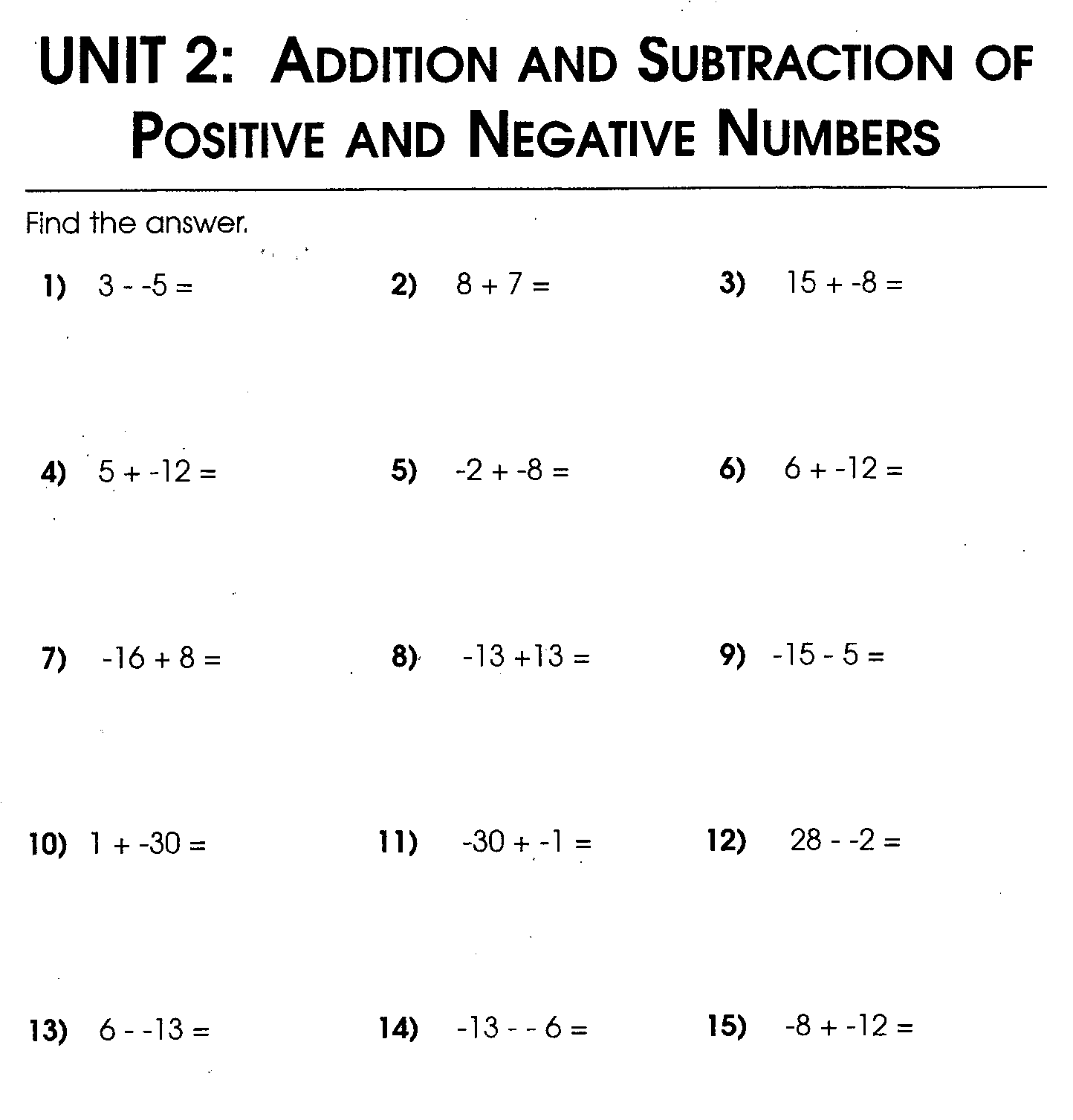














Comments